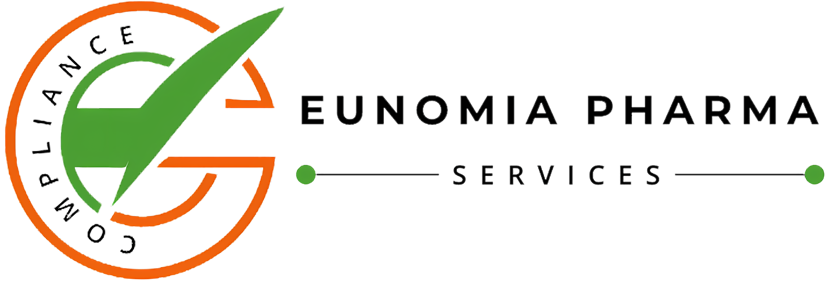Across Europe, regulators are sharpening their focus on transfers of value (ToV), disclosure accuracy, and the overall governance framework within pharmaceutical and biotech companies. Anti-bribery and anti-corruption (ABAC) obligations continue to underpin compliance expectations across all European markets. Regulators are increasingly probing systems for data integrity, governance of third-party engagements, promotional activities, and the culture that underpins ethical decision-making. Audit readiness is no longer an annual compliance checkpoint; it must become an operational mindset. In today’s data-driven oversight environment, companies that treat audit preparation as a continuous discipline not only reduce regulatory exposure but also build trust with patients, partners, and payers.
Harmonize SOPs and Policies
Inconsistent policies across countries and functions create duplication, inefficiency, and gaps that auditors quickly identify. The first step is to standardize frameworks across EU markets, ensuring local variations are documented but aligned to a single corporate standard. A harmonized Standard Operating Procedure (SOP) architecture enables consistency in documentation, decision-making, and approvals. It also streamlines updates when new regulations (such as evolving EFPIA disclosure rules or local Sunshine Act equivalents) come into force. By maintaining a single source of truth for governance, companies can minimize redundant reviews and ensure every affiliate operates within the same compliance boundaries.
Adopt Real-Time Monitoring
Apply Consistent FMV Frameworks
Proactive Training and Empowerment
Mini Case Example
To explore how leading organizations are achieving this transformation, download our latest eBook- “From Compliance Bottlenecks to Business Breakthroughs: Mitigating Risk and Building Trust in Life Sciences" to learn how to balance speed, trust, and compliance in European life sciences.”




